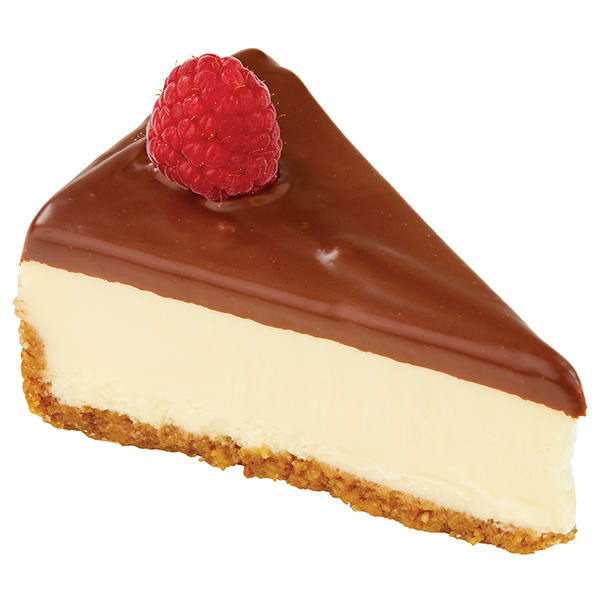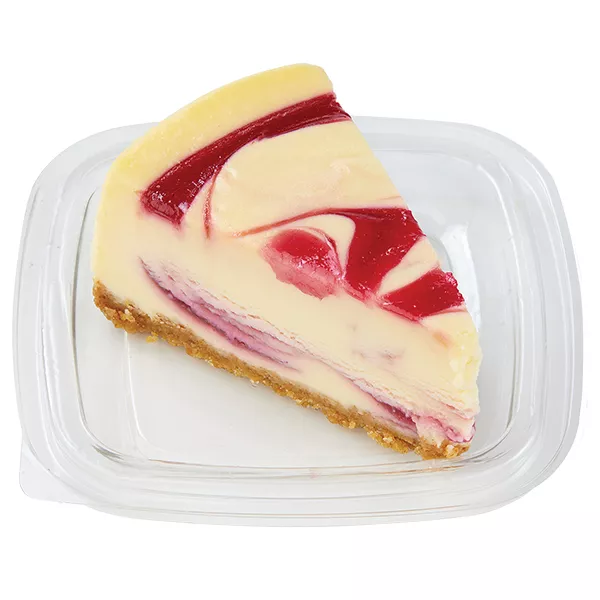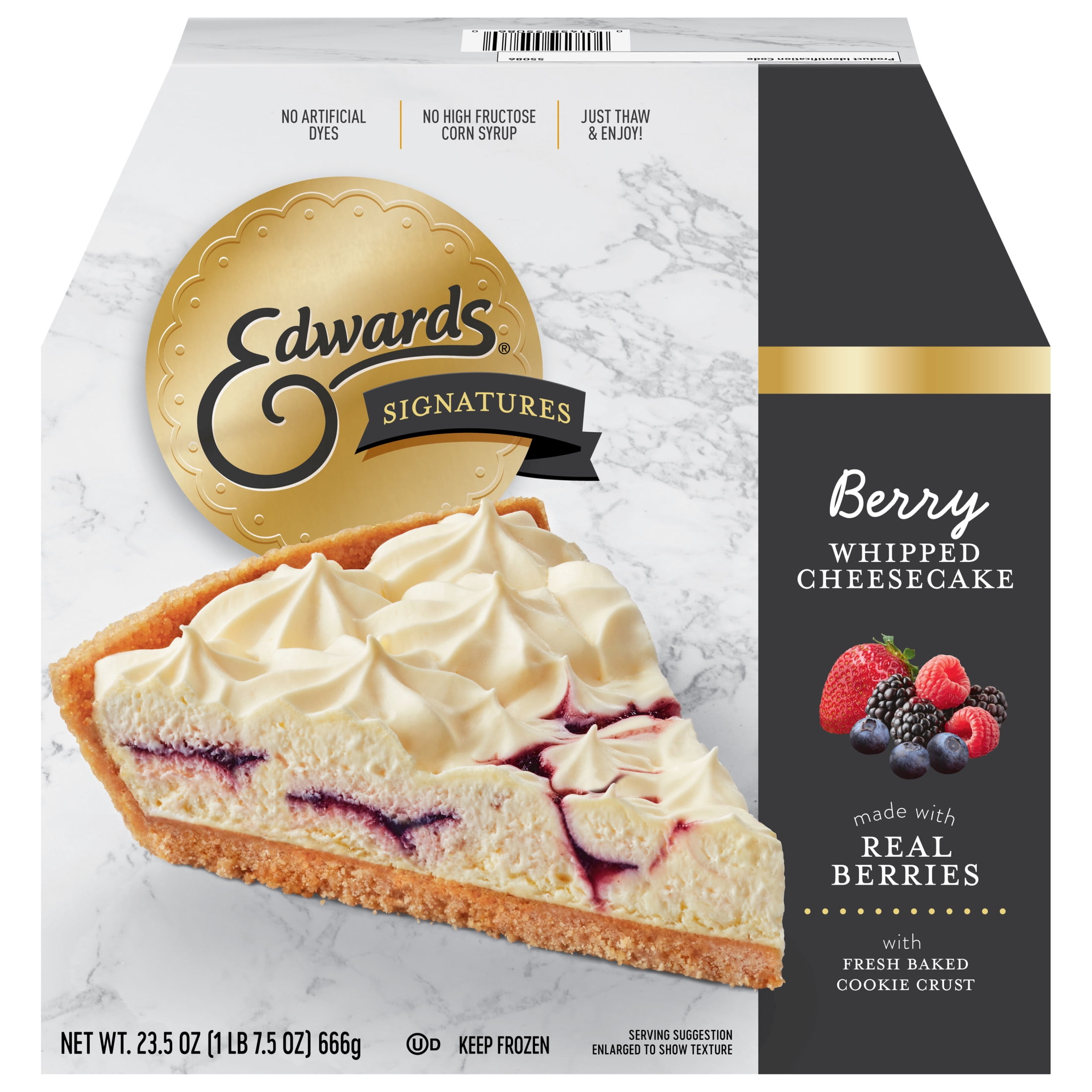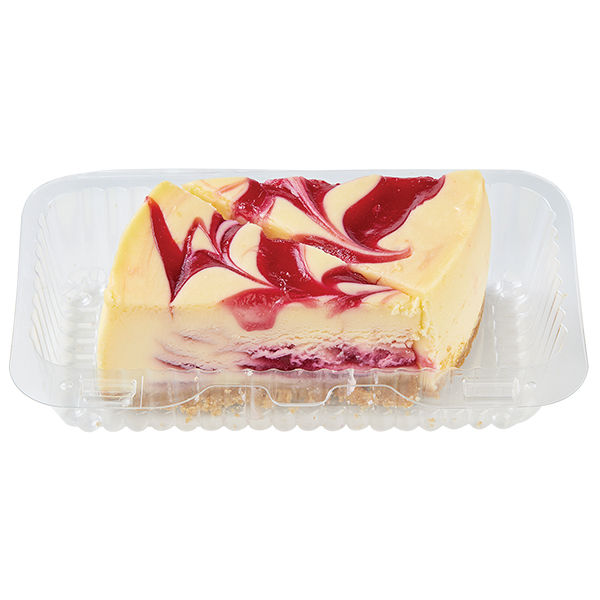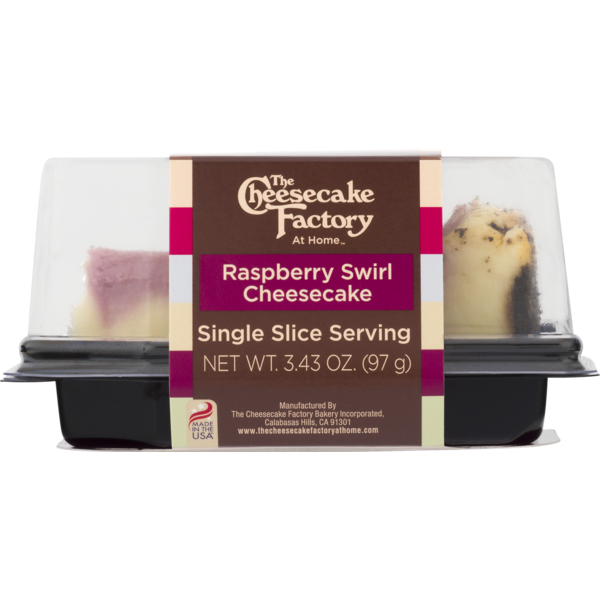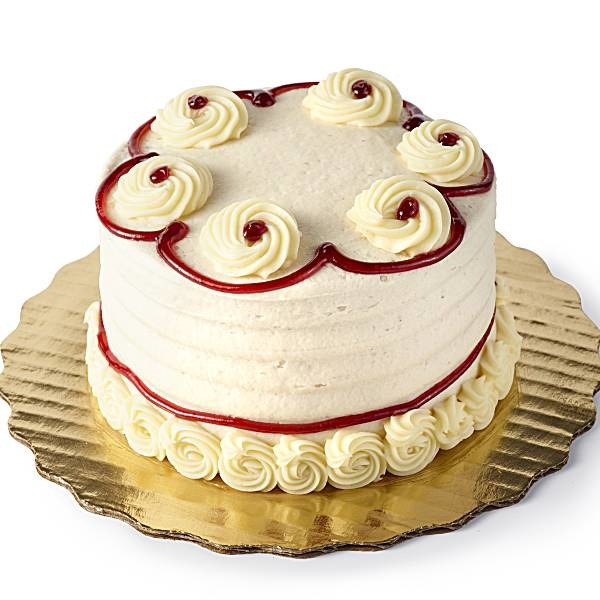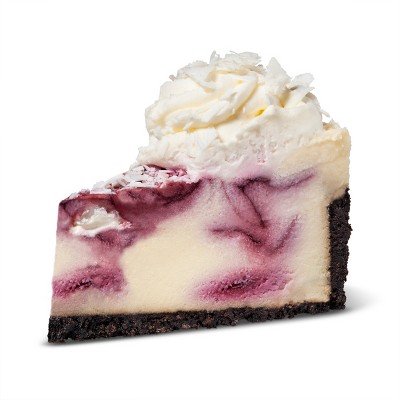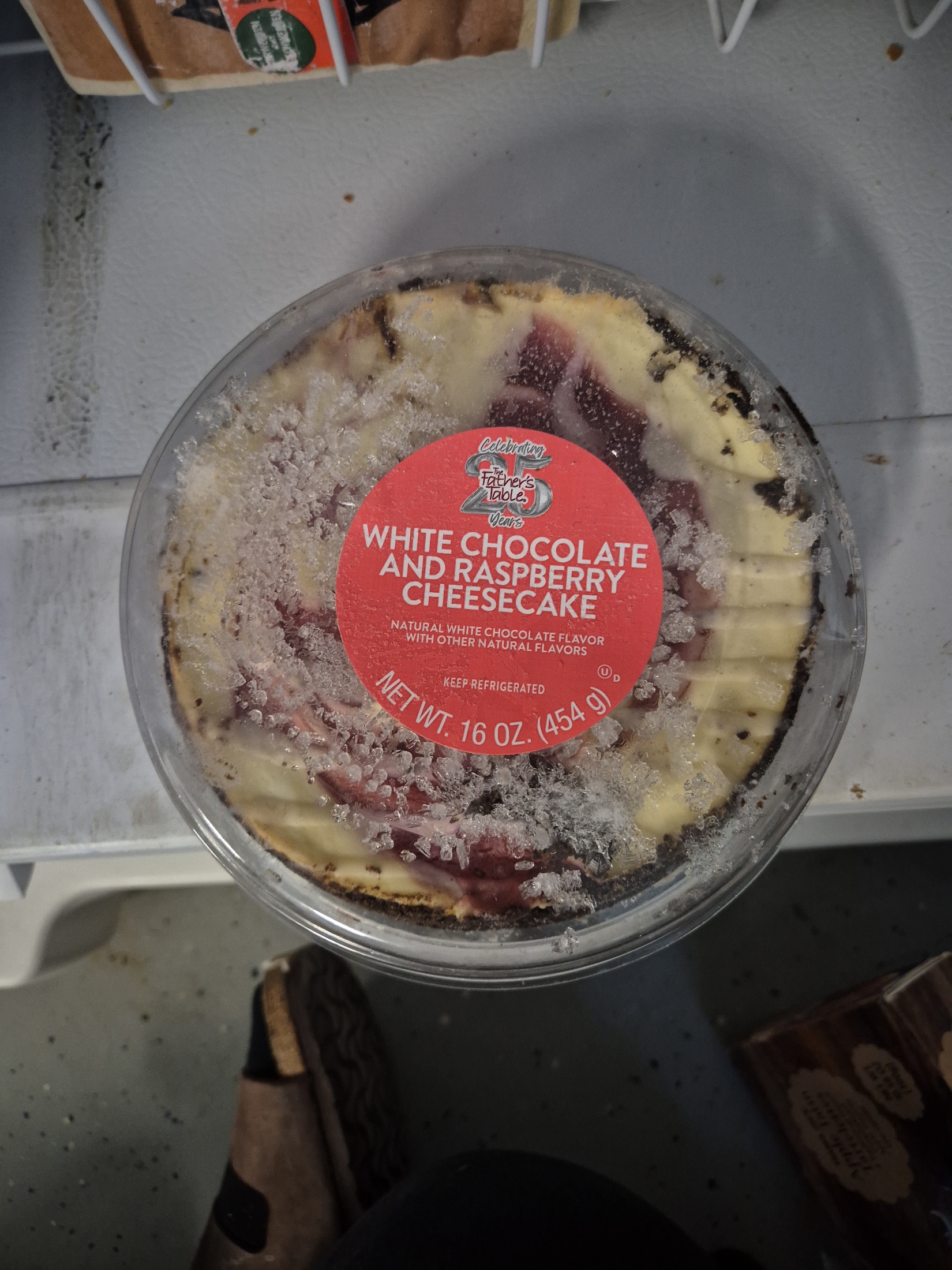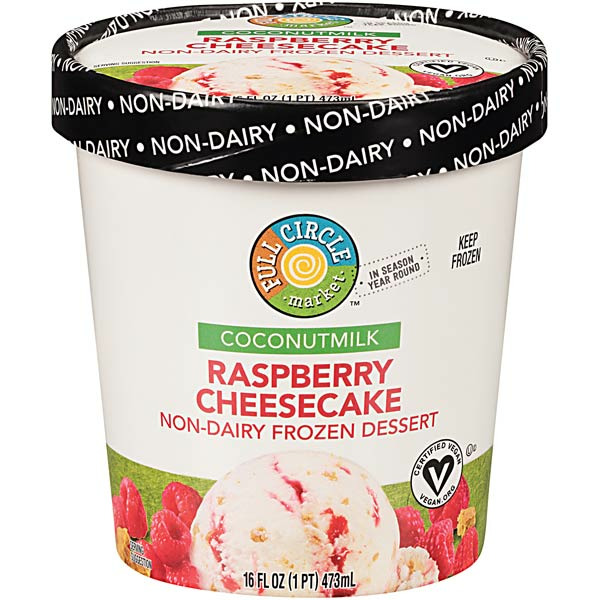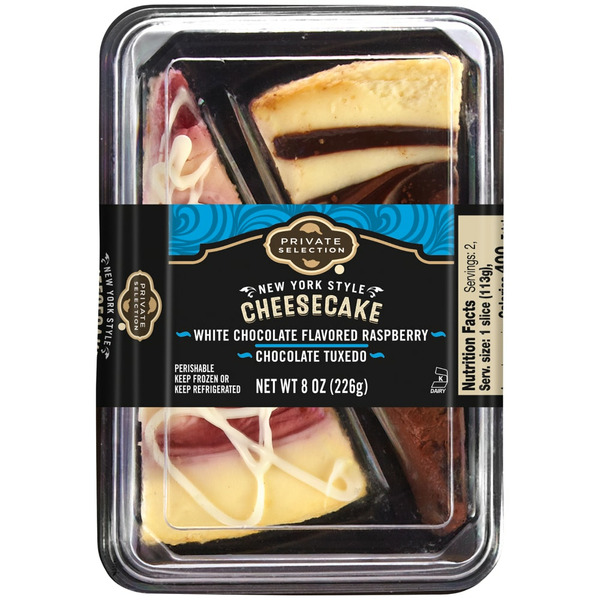Raspberry Cheesecake
The Raspberry Cheesecake is a heavenly dessert that artfully combines the light, creamy texture of cheesecake with the tart sweetness of raspberries. It's often made with a buttery graham cracker crust and a delightful smooth cream cheese filling, with a tangy raspberry swirl seasoning each bite.
This versatile cheesecake is perfect for a variety of occasions: a casual get-together, a family dinner, or even a romantic night in. Its attractive appearance, irresistible taste, and comforting texture make it an absolute hit with both children and adults alike.
61%
CARBS
35%
FAT
5%
PROTEIN
53 Raspberry Cheesecake Products
Wegmans Ultimate Ganache Cheesecake Slice, 1 Pack
Wegmans Raspberry Swirl Cheesecake, 1 Pack
Edwards Signature Cheese Cake Frozen Desserts Whipped Berry Cheesecake
Wegmans Raspberry Swirl Cheesecake, 2 Pack
The Cheesecake Factory Cheesecake, Raspberry Swirl, Carton
Publix Bakery Mini Raspberry Cream Cheese Cake
The Cheesecake Factory White Chocolate Raspberry Truffle Cheesecake, 6"
White Chocolate and Raspberry Cheesecake
Full Circle Market Raspberry Cheesecake Coconutmilk Non-Dairy Frozen Dessert
Private Selection White Chocolate Raspberry Tuxedo Cheesecake Slices
2 Recipes for Raspberry Cheesecake
Raspberry Cheesecake FAQ
Raspberry Cheesecake can be a delight when done right, but it is also commonly fraught with questions and mistakes. The most common issues surround the consistency of the cheesecake, the best method for the raspberry swirl, and how to prevent cracking. Often people may overbeat the cheesecake mixture causing too much air incorporation that results in a cheesecake that is more prone to cracking. When creating the raspberry swirl, the trick is to add it after partially baking the cheesecake, ensuring it doesn't sink to the bottom. To get the most out of this dish, remember to serve it chilled as it enhances the cake's texture and flavor.
One little-known trick is using a water bath during baking. This helps to distribute the heat evenly, thus preventing the cheesecake from overcooking on the edges. Additionally, allow the cheesecake to cool in the oven post-baking. This gradual cooling process helps to prevent the sudden temperature drop that often leads to cracking.
What's the best way to prevent cracks in my cheesecake?
How can I get a creamy and smooth cheesecake texture?
Why is my raspberry swirl sinking to the bottom?
Do I need to refrigerate my raspberry cheesecake before serving?
How to prevent my graham crust from getting soggy?
What can I substitute for cream cheese in a cheesecake?
Can I use fresh or frozen raspberries?
What kind of springform pan is best for baking a cheesecake?
Why do I need to add lemon juice?
How do I know when the cheesecake is cooked?
Substitutes

Cheesecake Bites
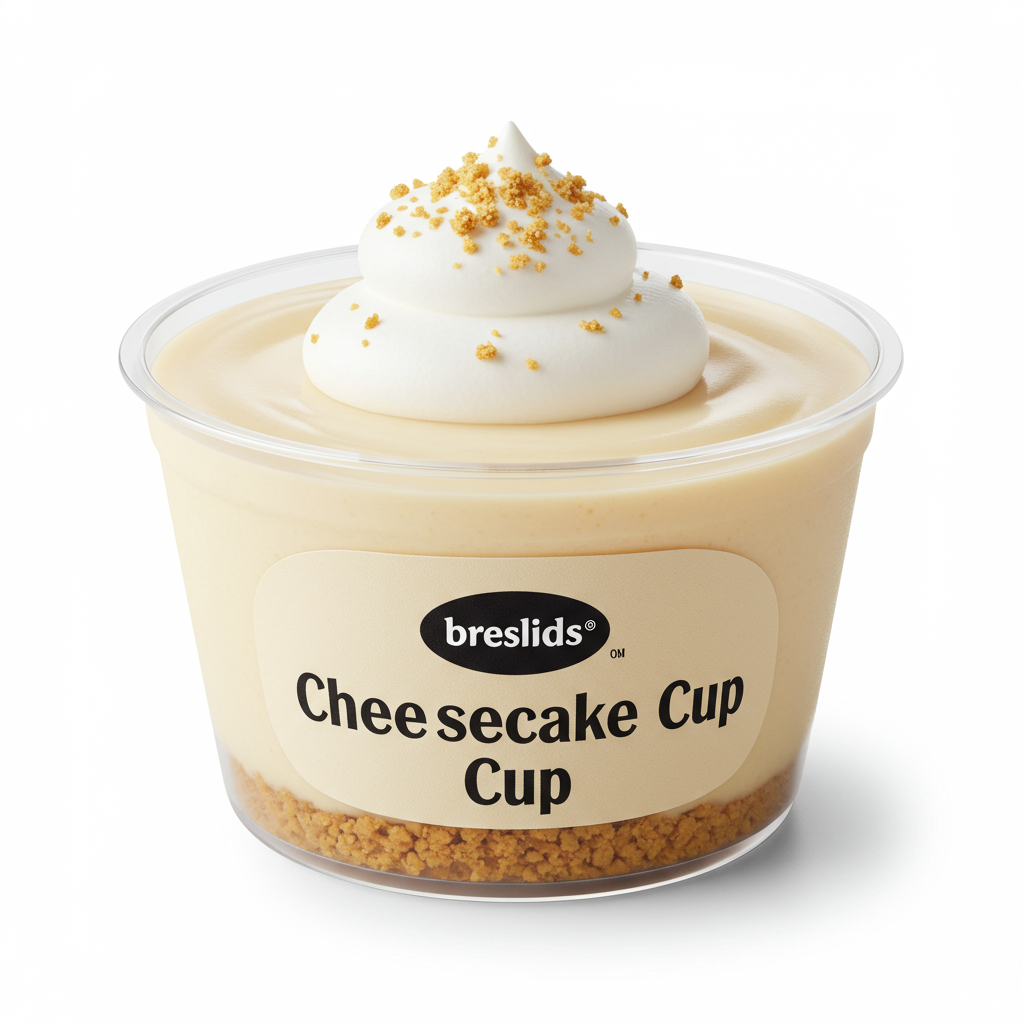
Cheesecake Cup
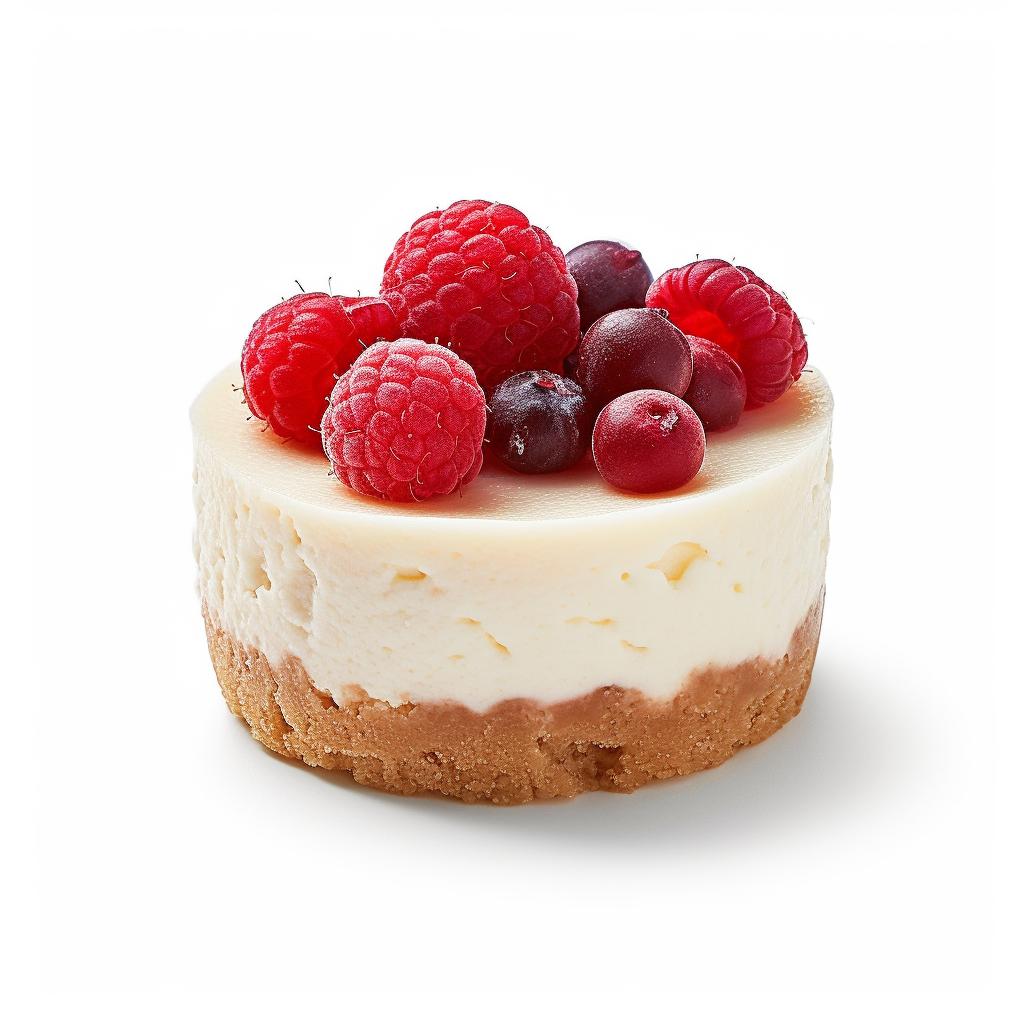
Mini Cheesecakes
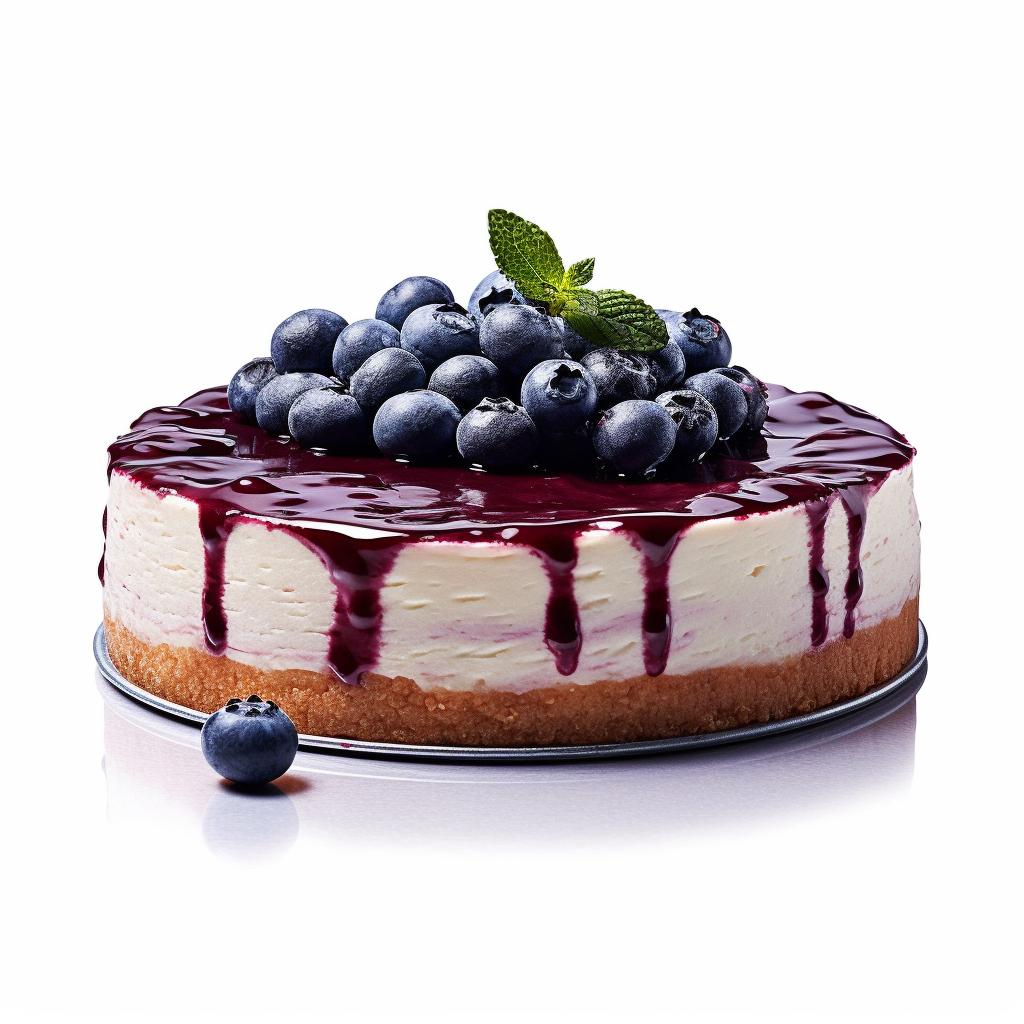
Blueberry Cheesecake

Caramel Cheesecake
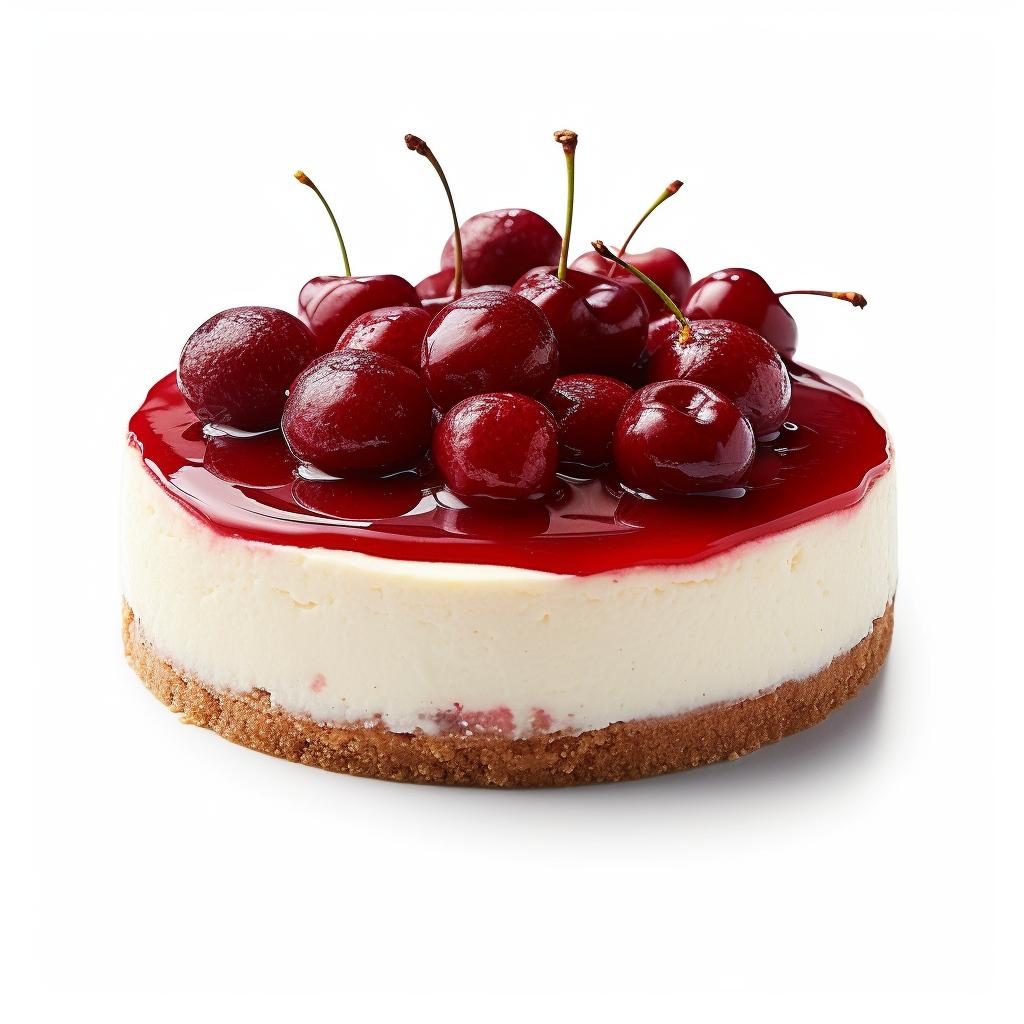
Cherry Cheesecake
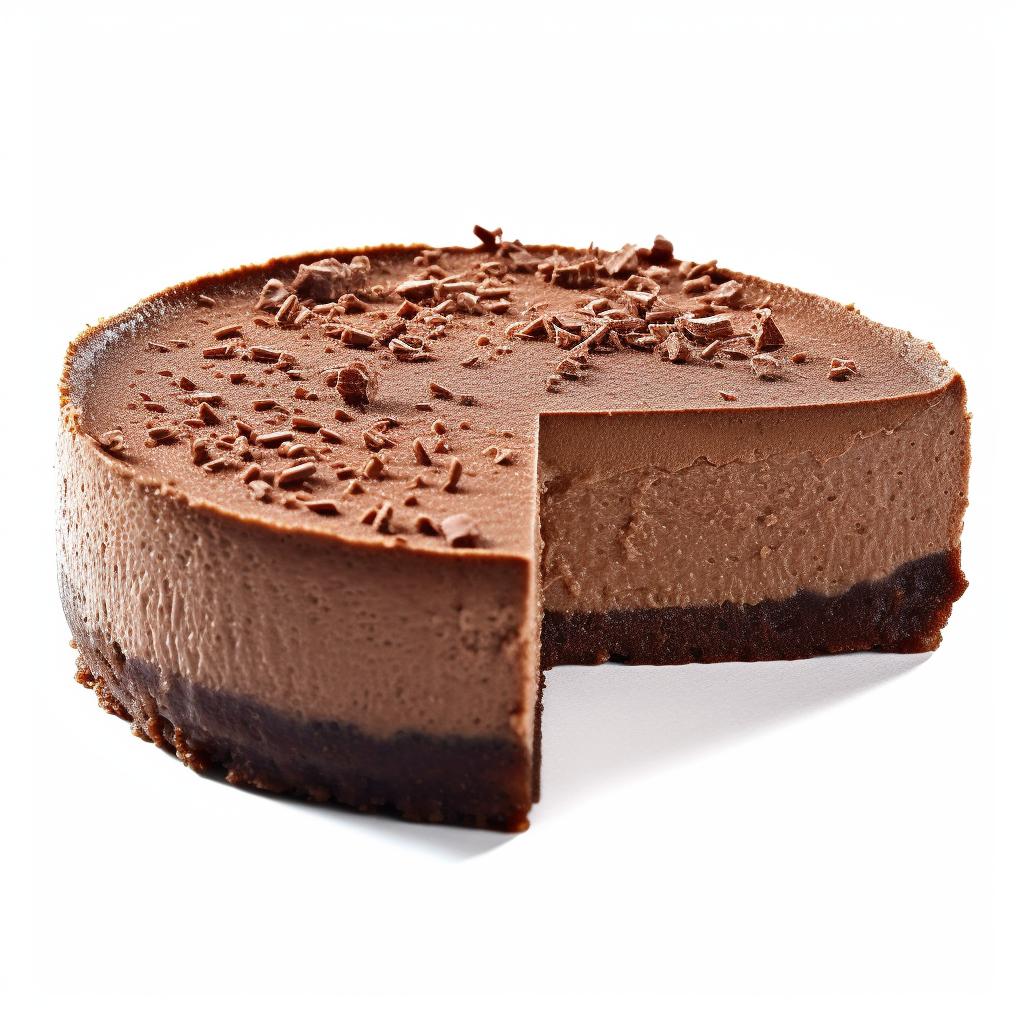
Chocolate Cheesecake

Lemon Cheesecake
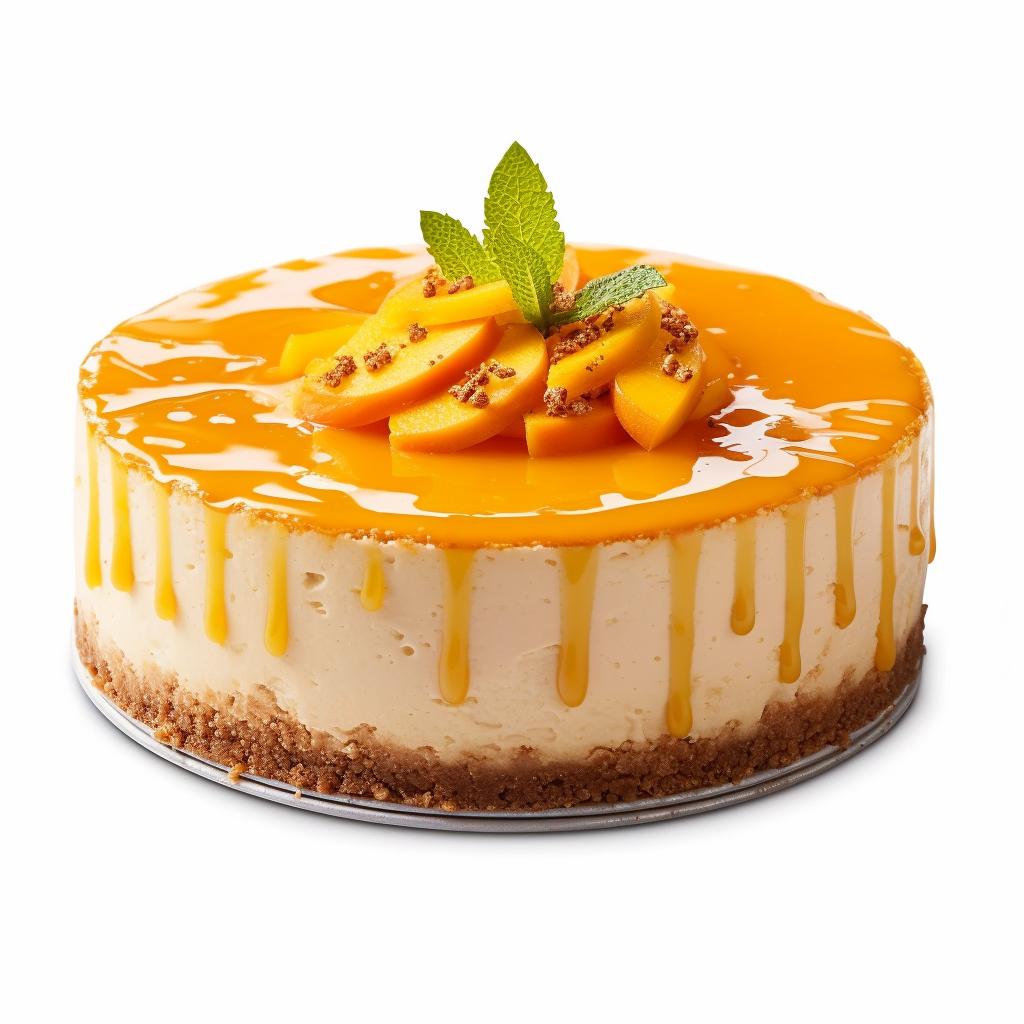
Mango Cheesecake

Cookies & Cream Cheesecake
See All
Health Info
Macros
40g
CARBS
22g
FAT
3g
PROTEIN
Allowed on these diets
LOW FAT
HIGH CALCIUM
VEGETARIAN
GLUTEN FREE
Contains these allergens
MILK

